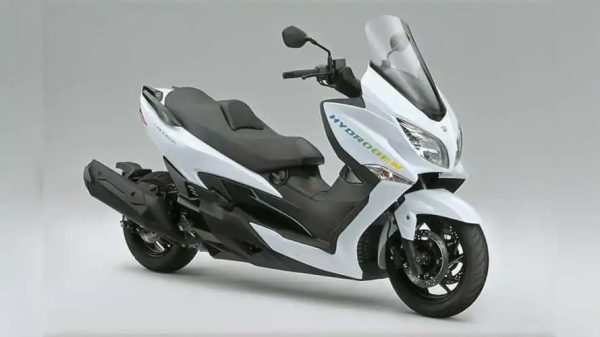GoPro getting crushed, to layoff staff
GoPro, the brand synonymous with action cameras and automotive videos is being pounded by the competition, the consumers and the stock market. GoPro is planning to layoff a Quarter of Its Staff. GoPro has recently faced increased competition. Once the only man about town, Insta360 and DJI have since entered the space with better tech, […]
GoPro getting crushed, to layoff staff Read More »


